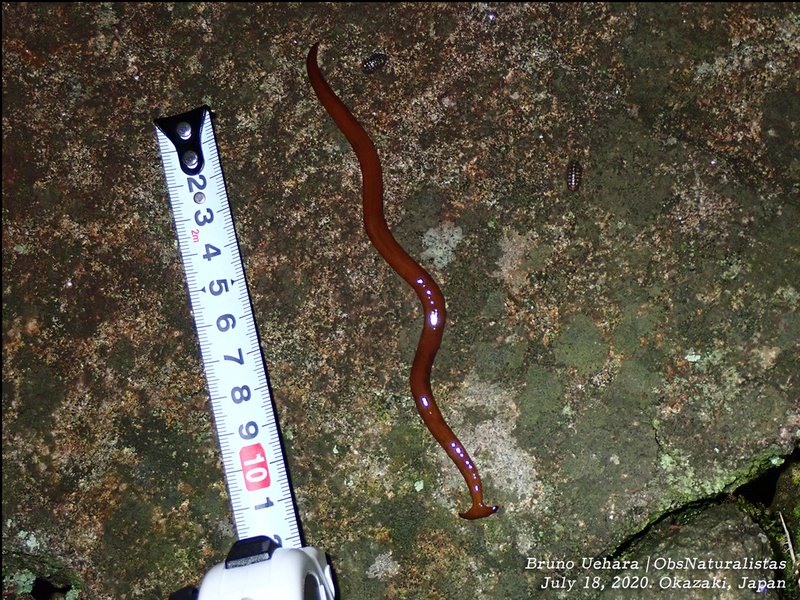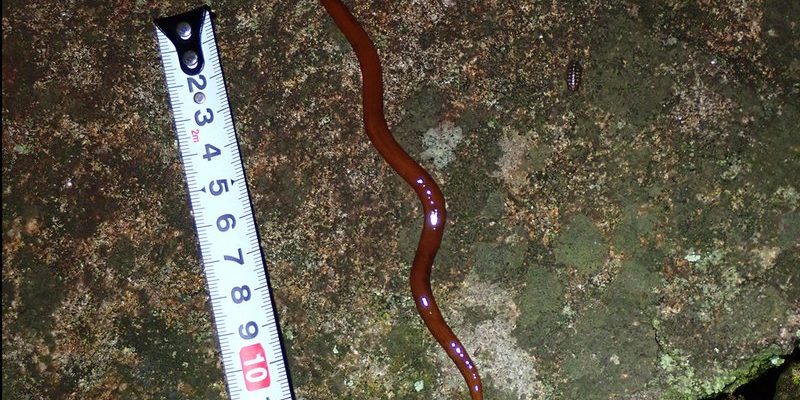
Hammerhead worms are nocturnal predators, so they prefer to stay out of sight during daylight hours. You might be wondering, “What makes them hide, and where do they go?” To understand this, we need to explore their behavior and the environments they thrive in. So, grab your favorite mug, and let’s start unraveling their secrets!
What Are Hammerhead Worms?
Before we jump into their hiding spots, let’s take a moment to get to know hammerhead worms. These creatures belong to the class *Turbellaria* and are part of the family *Geoplanidae*. Known scientifically as *Bipalium* or *Amphiporus*, they can be found predominantly in tropical and subtropical regions.
Hammerhead worms are remarkable for their stunning coloration; they typically showcase patterns and shades of brown, yellow, or green. Their unique flat bodies can grow to about 12 inches long! But it’s that hammer-shaped head that truly distinguishes them from other worms. You could say they have a signature look that makes them stand out, even if you rarely spot them during the day.
Why Do Hammerhead Worms Hide?
Here’s the thing about hammerhead worms: they’re not your typical earthworms. Unlike earthworms that play a crucial role in the soil ecosystem, hammerhead worms are predatory, feeding on smaller invertebrates like earthworms and slugs. During the day, these nocturnal hunters seek shelter to evade predators and conserve moisture, both of which are essential for their survival.
You might think, “Why not just hunt all day?” Well, hammerhead worms have adapted to a lifestyle that prioritizes safety and efficiency. Hiding during the day not only protects them from potential threats but also ensures they stay hydrated in their often humid environments.
Common Hiding Spots
If you’re on a quest to find out where hammerhead worms like to hide during the day, you might be surprised by some of their favorite spots. Let’s break down the most common hiding places:
- Under Leaves: They love to burrow beneath decaying leaves where they can easily blend in with their surroundings, making it harder for predators to find them.
- In Soil: Hammerhead worms often dig into the moist soil, which provides them with both shelter and hydration. They can be found a few inches below the surface, so don’t expect to see them just lying around.
- Under Rocks or Debris: Any shady area is a good hiding spot for them. You might find them curled up under rocks, logs, or even piles of compost in your garden.
- In Mulch or Moist Areas: Gardens that retain moisture, like those with heavy mulch, are perfect for hammerhead worms. They thrive in damp conditions and can easily hide within the layers.
These hiding spots aren’t just random places; they are strategic choices that keep them safe and comfortable all day long.
Behavior During the Day
During the day, hammerhead worms are relatively inactive. They’re all about conserving energy and staying hidden. When darkness falls, they come out to hunt and explore. It’s like a switch flips, and their whole routine changes.
You may ask, “So, what do they do at night?” Well, they’ll often glide through their habitat, using their ciliated bodies to move gracefully. They will also extend their hammer-like heads to locate and attack prey. In case of danger, they can regenerate some of their body parts, which is another reason they are cautious during the day—maintaining their ability to survive is vital.
Impact on the Ecosystem
While hammerhead worms may seem like just another creepy crawly, they actually play a unique role in the ecosystem. They’re important predators that help keep the population of certain invertebrates in check. By feeding on slugs and smaller worms, they help balance the food web.
However, their presence can be a double-edged sword. In places where they are not native, like the U.S. and parts of Europe, they can disrupt local ecosystems. Their predatory nature can lead to declines in local earthworm populations, which are crucial for healthy soil.
How to Spot Hammerhead Worms
Now that you know where hammerhead worms hide, you might want to see one for yourself! If you’re looking to spot them, it’s best to venture out at night. Just remember, they’re not the easiest creatures to find, so patience is key.
Look for them in your garden or near moist areas. If you notice a flat, elongated worm with a distinct head shape, there’s a good chance you’ve found a hammerhead. Don’t be alarmed if they squirm away quickly; it’s just their instinct kicking in!
So, to wrap it all up, hammerhead worms might be elusive creatures, but understanding where they hide during the day gives us a better appreciation for them. From cozy spots under leaves and rocks to burrowing into the ground, they’ve mastered the art of staying safe.
The next time you’re out in your garden or exploring the great outdoors, keep your eyes peeled. You might just catch a glimpse of these fascinating predators when the sun goes down. After all, nature is full of surprises, and each creature—especially one as peculiar as the hammerhead worm—has its story to tell.

